- Joined
- Jan 9, 2020
- Messages
- 10,534
- Points
- 938

Thank you for the kind words, Jim and welcome! I will try my best to keep the updates regular.You are off to a good start on your new build. I am looking forward to future updates.
 |
As a way to introduce our brass coins to the community, we will raffle off a free coin during the month of August. Follow link ABOVE for instructions for entering. |
 |

Thank you for the kind words, Jim and welcome! I will try my best to keep the updates regular.You are off to a good start on your new build. I am looking forward to future updates.

It's great to have you here, Roger - it just wouldn't be the same without you. If my log can help others, then it is mission accomplished. I have derived just as much pleasure from @Pathfinder65 Jan's build of his Willem Barentsz as I did from my own, and to me that is what it is all about.I just logged in this afternoon and was pleased to see you have started on your Pandora. A great first post with photos, graphics and reasoning why and how you will progress with this build. I have my fold-up chair and look forward to following along.

Apologies, Johan, but I do answer each post that I receive. I suppose that is just the way I am., could you just skip the pleasantries and start building?

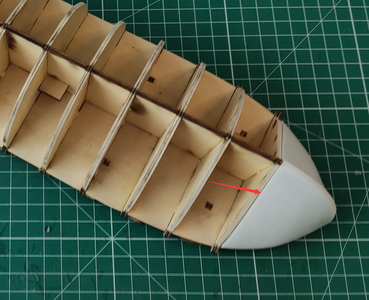
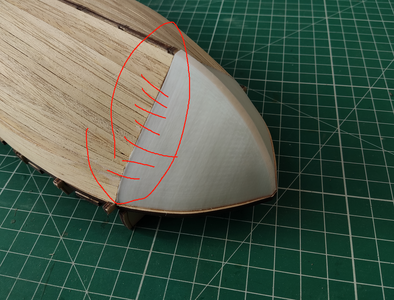
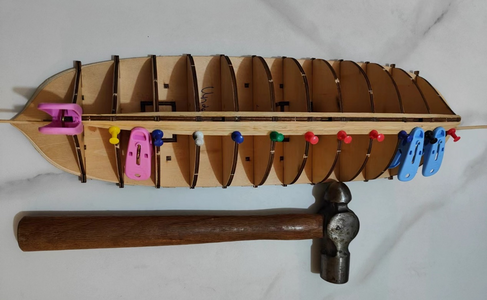
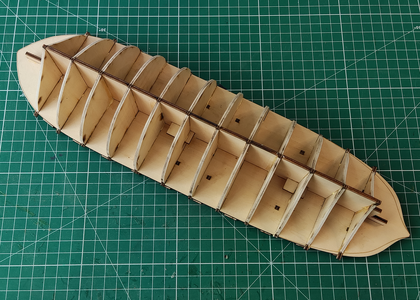
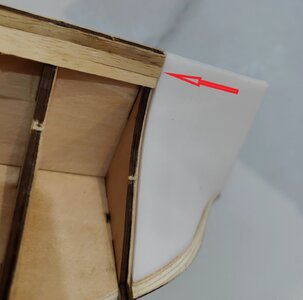
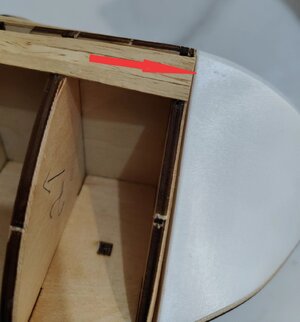

I know, just couldn't help myself teasing you a little bit.Apologies, Johan, but I do answer each post that I receive. I suppose that is just the way I am.

Hi Ron - so good to see you. I would love to hear how you have been progressing with either the Port Jackson Schooner or the Statenjacht. Yes, I did make time fly!My how time flys Heinrich, is it July alreadyI Knew once you opened the box you couldn't wait to begin construction. Something we're all afflicted with I guess.
In any case I'm glad to see you back at modeling.
 With the little bonus of an off-Friday, I couldn't resist the temptation to start.
With the little bonus of an off-Friday, I couldn't resist the temptation to start.
I know. Great to have you here, Johan and I will look forward to your input.I know, just couldn't help myself teasing you a little bit.


Thank you very much for the kind wishes, Christian - it's great to have you here!I will be following with great interest and wish you a lot of fun with your build.

Roger, you read my mind. I am just as wary of using CA glue on the resin pieces. Trust me the second planking accuracy is vital on this model - I believe it will stand or fall by the accuracy and cleanliness of the second planking. And what makes thing more interesting is that the planks are pre-cut with scarph joints which have to be aligned. I actually asked Modelship Dockyard if they could create a special model for me where I could shape the bow and stern filler pieces myself out of wood. They were willing to do this, but in the end, I thought, what the heck - let's give the new technology a go!Looking ahead a little I wondered, when you get to the second planking, how you will approach the glue issue.
The adherence transition from the first layer of wood planks to the resin pieces at the bow and stern means, I assume, the application of CA glue? I went back to Peter’s @Peter Voogt post to you on your other thread and see that he has a glue suggestion. However, I guess using CA means getting it right first time with no re-do’s. You have the knowledge and experience as a fine ship model builder to get it right first time but I wonder how this would be for a newbie modeller where, as it is to all of us, second planking accuracy is just as important. At least with traditional builds the use of PVA type glues means re-do’s are possible, something probably not possible with wood glued with CA on resin.
A drawback of the use of the new practice of mixing resin pieces with wood? Just a thought.

Thank you very much for the recommendation, Tobias. I will have a look to see if it available on Taobao.Hello @Heinrich and @RogerD when it comes to the question of which glue you could use, I can recommend this CA glue, but I didn't know if it was available from you. My experience is very good, it is a gel that has the properties to adhere to wood, plastic and metal, with the small difference that it does not stick straight away and you can still make corrections.
Sekundenkleber Gel für Holz & Holzwerkstoffe - 20g https://amzn.eu/d/0COrty6
Superglue gel 20g for bonding small contact surfaces with narrow joint gaps for wood and wood-based materials. Fills gaps up to half a millimeter.
Other materials such as B. Natural rubber, aluminum, stainless steel, fiberglass, PVC, porcelain can be easily glued to wood.
The highly viscous adhesive is ideal for gluing end-grain wood or for corner connections as well as for gluing workpieces and stencils.
The adhesive areas are heat and solvent resistant. This wood glue is a very fast curing adhesive.
Ideal for repairing hairline cracks and small wood defects or for repairing loose veneer edges.

My former Engineering Manager once told me that he felt it was always a good day when one learned something new. I envision many 'good days' ahead for you. Enjoy the build Heinrich. We will all be watching/waiting for your insights.Resin parts, double planking, pre-shaped planks and decks etc. are all new to me!

Thank you very much, Ron. I agree with your former Engineering Manager - to me the time was ripe was ripe to try something new and to force myself to learn some new skills. I'm keeping a very open mind to things and am very willing to be convinced about the merits of new technology. Having said that, I will also not hesitate to say if it is not to my liking or does not suit my building style. Time will tell.My former Engineering Manager once told me that he felt it was always a good day when one learned something new. I envision many 'good days' ahead for you. Enjoy the build Heinrich. We will all be watching/waiting for your insights.
I envy the new the new voyage you are about to begin. I know it will be fascinating and informative for all of us in the audience.I'm keeping a very open mind to things and am very willing to be convinced about the merits of new technology. Having said that, I will also not hesitate to say if it is not to my liking or does not suit my building style. Time will tell.
